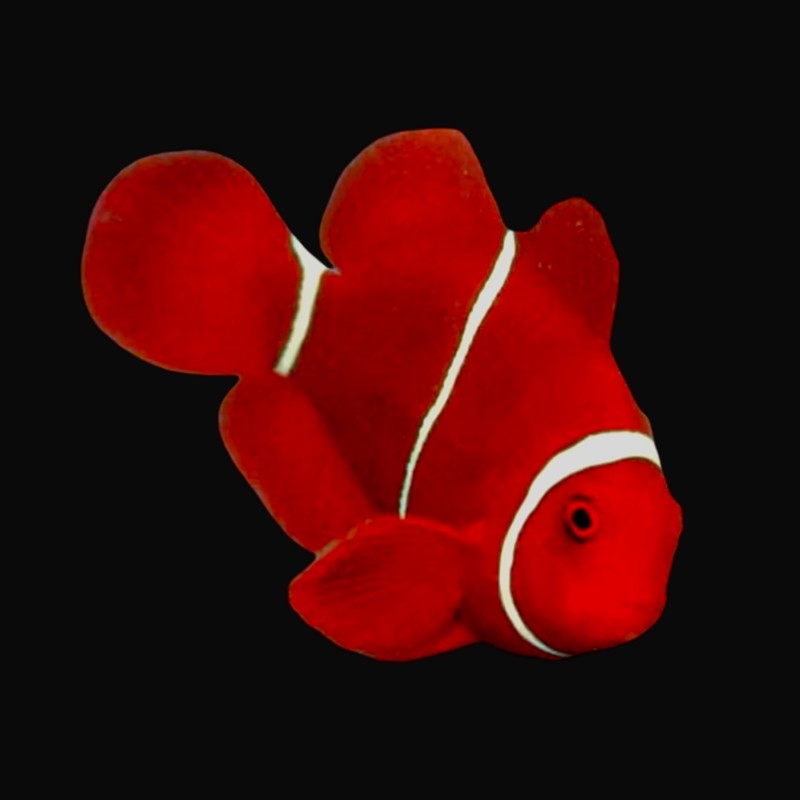- Out of Stock




No one offers a better selection of healthy marine fish and invertebrates for the saltwater aquarium than Reeffishcenter. From angels, to clownfish, gobies, tangs, wrasse, anemones, Crabs, and more... The finest specimens in the world are just a click away. Find...
Premnas biaculeatus, commonly known as Spinecheek anemonefish, is the largest anemonefish and it's name is controversial. Some people say it's an Amphiprion as well, because phylogenetic studies show they're quite close relatives with ocellaris. Others say Premnas epigramma is just a variant of biaculeatus. We'll use Premnas for now and epigramma as a different species. Biacelatus is generally less dark in body color compared to epigramma and the males have white bands. Females have white bands when young but the first band may become yellowish when grown up, but never as bright as epigramma. the bands are thin, and usually get thinner the older they get.
These anemonefish can best be kept as a pair. When buying a pair you don't need to worry about male or female because these fish are hermaphroditic. This means the most dominant fish will automatically turn into the female when there is no other female around. Food wise, these fish are easy to feed. They're omnivores and will eat almost anything you offer. Just make sure they receive a balanced diet of live/frozen food and be sure to include some good quality pellets or flakes.
These fish may have a hard time settling in an aquarium with aggressive fish, so it's best to introduce these fish before other more aggressive fish are introduced.
As long as no predators are around (which usually isn't the case in our aquaria), there is no need to add an anemone. They might find shelter in another large polyp coral or just hang around a certain rock. If you want to see the symbiotic relationship they've with their host in nature you need to buy a Entacmaea quadricolor, because this is the only anemone it's associated with in the wild.